On a recent visit to Lufthansa Technik Component Services (LTCS), I was exposed to a part of the aviation industry that few passengers will ever see or truly appreciate. Located at Tulsa International Airport, LTCS’ main objective is to prepare and overhaul aircraft and avionic components for recertification so that the parts can continue to be used aboard aircraft.
Among the many different components that LTCS is certified to repair, the Emergency Slide Chute stood out to me as perhaps the most interesting as far as function and process is concerned. Specifically, LTCS is certified to repair and test 92 unique ‘part numbers’ for the evacuation equipment found aboard Airbus A320 aircraft. For 2014 alone, LTCS expects to test, overhaul and certify approximately 500 Emergency Slide units. These 500 units will include Slides attached to the Forward and Aft cabin doors, Dual Lane Off-Wing Slides and Evacuation Slides that transition to Rafts.
This process is done in partnership with Lufthansa Technik in Frankfurt who by themselves are responsible for keeping 4,500 Emergency Slides in good working order. As with any certification work carried out by LTCS and Lufthansa Techink, attention to every detail needs to be paid along with strict adherence to FAA and manufacturer specifications.
Hopefully this brief overview of what is involved with testing and certifying the Emergency Slide will give you a different perspective on a piece of equipment that we hope we never need to see put into action.
When a Slide is first brought to LTCS, it goes through a battery of tests that includes confirming that all Cord Loops and LED illumination on the slide unit are in perfect working order. The LED lights indicate the direction in which the slide will deploy when actuated. The Cord Loops attach the Slide to something known as a Girt Bar and act as a ‘rip cord’ when it comes to activating the Slide. Because of the tension and pressure placed on the Cord Loops, they are frequently inspected and replaced.
The Girt Bar is the key piece that attaches the slide to the aircraft and is either armed or un-armed. If you pay attention to cabin announcements, you’ll hear the cabin crew indicate that “all doors are in flight” after boarding is completed. This simply means that the door is closed and the Girt Bar is in armed position which means that opening the door would trigger the inflation of the Slide.
Once these components are certified, repaired or replaced, the Slide goes to the next phase of the recertification process where it undergoes a Functional Test. This is where the Slide is activated and inflated. The test can be conducted while the slide is attached to the aircraft (Functional Deployment Test) or can be done with the Slide removed from the aircraft (Floor Run Functional Test).
There are certain advantages to testing the Slide when not attached to the aircraft. Aside from the obvious inconvenience and cost incurred to take an aircraft off-line for the test, testing the Slide off of the aircraft allows for easier replacement of components that can only be used once and are discarded after the deployment. The most critical of these ‘one time use’ components is the Frangible Link. The Frangible Links are installed throughout the Slide and act as governors during the inflation process. These Links make sure that the slide inflates in a controlled way. Without these Links, The Slide runs the risk of not inflating properly and not being usable during an evacuation.
When LTCS runs these certification tests and deploys the Slides, certain objectives must be met including the time it takes to inflate and the ability for the slide to stay inflated and maintain pressure. When a Slide is activated, an aspirator and canister charged with Carbon Dioxide and Nitrogen must inflate the slide to full extension within 3.5 seconds. Any longer, and the unit fails the test and additional repairs need to take place. The inflation system contains the gases in a canister at 3000 PSI which is roughly 100 times the air pressure that you would find in your typical car tire. Interestingly enough, only 1/3rd of the inflation gases are used to inflate the Slide. The balance of the Slide is inflated with surrounding air through the Venturi Effect.
Once the Slide is fully inflated, a Manometer is attached to the slide to continuously monitor the Slide’s air pressure. In order to be certified, the Slide needs to maintain constant pressure for several minutes which would allow enough time to evacuate a cabin. As part of this test, the slide is also over-inflated by approximately 50 percent to gage whether the slide can tolerate being over inflated should there be a problem with the inflation system.
Here are 2 video examples showing deployment tests of Emergency Slide Chutes. One is a Floor Run test and the other is a Functional test taking place on an aircraft:
After the Slide is deflated, it undergoes further inspections that check for structural weakness or damage. If it passes this last exam, it is repackaged and certified for use.
Over the coming weeks I’ll feature other aspects of the work undertaken by LTCS. They are certainly among the many unsung ‘heroes’ that keep the aircraft we fly in safe and comfortable.
To learn more about ‘LTCS’ and the great work they do, please follow them on @LTCS_MRO and visit their Facebook Page!

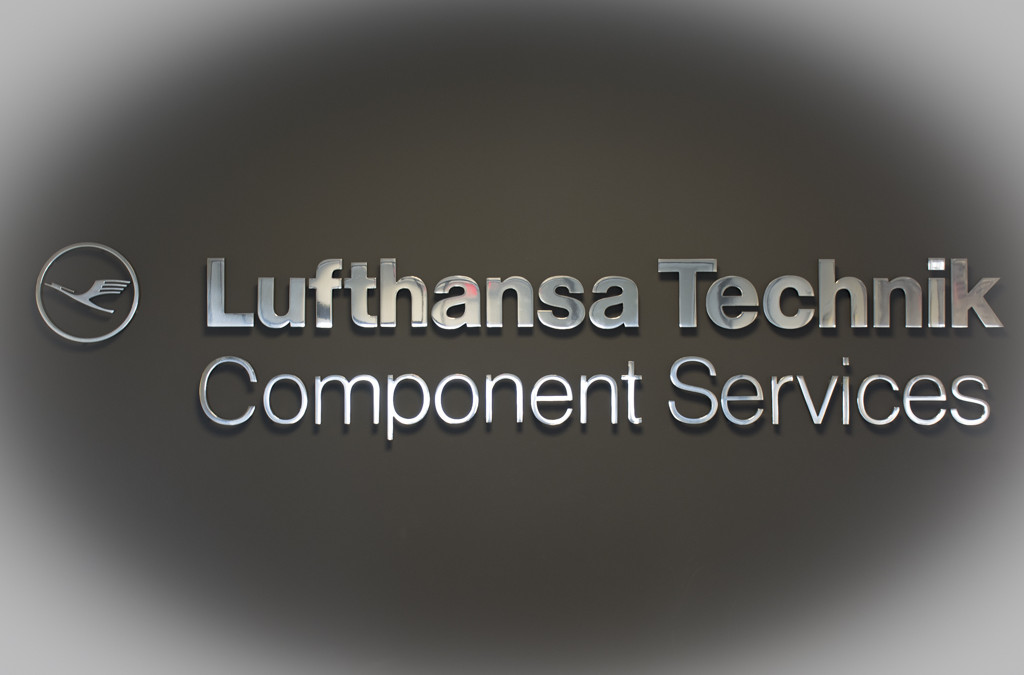
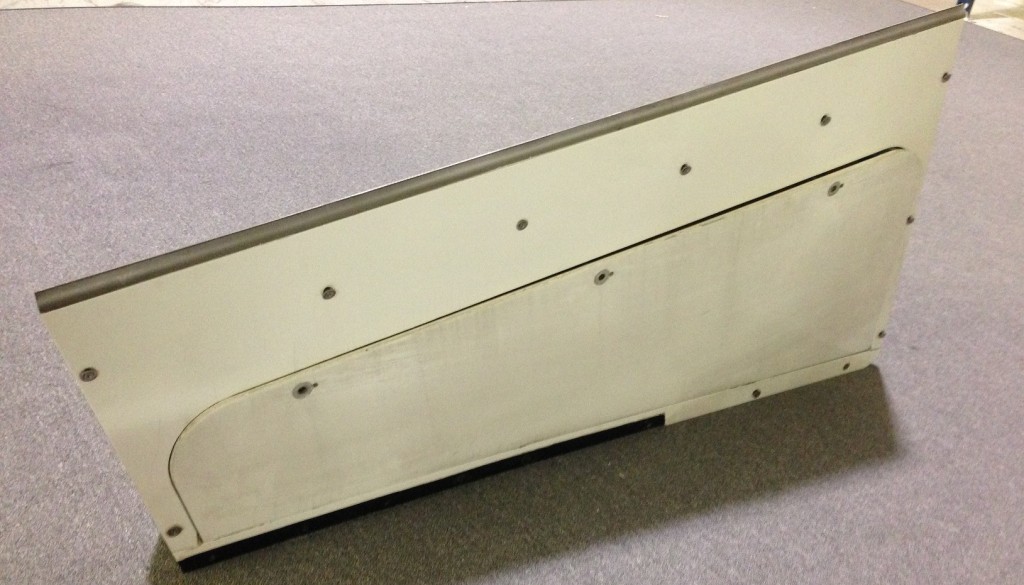
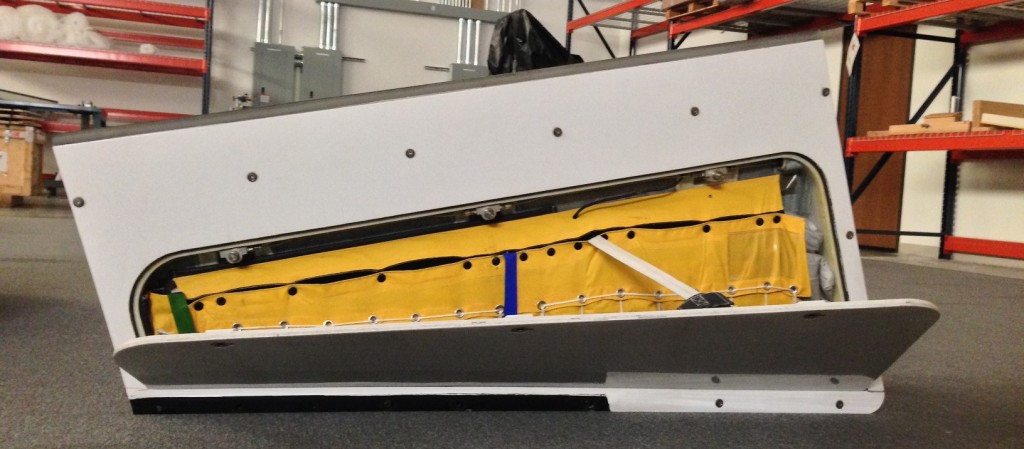
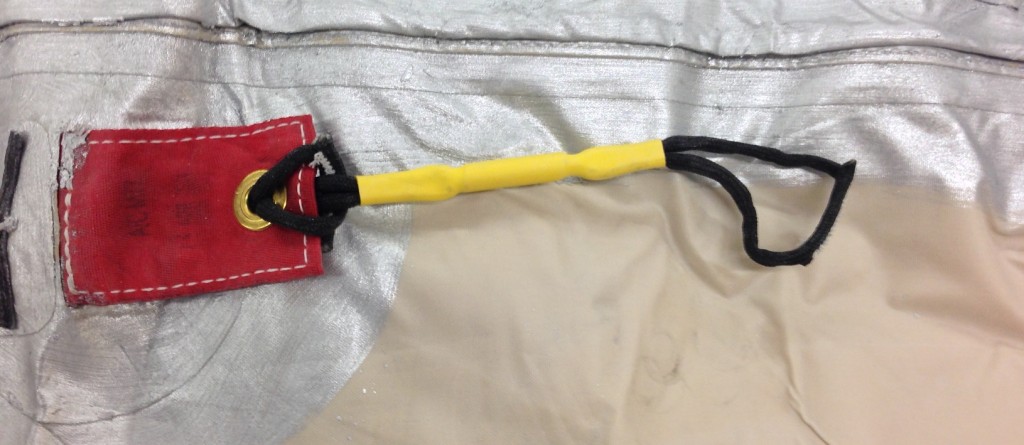
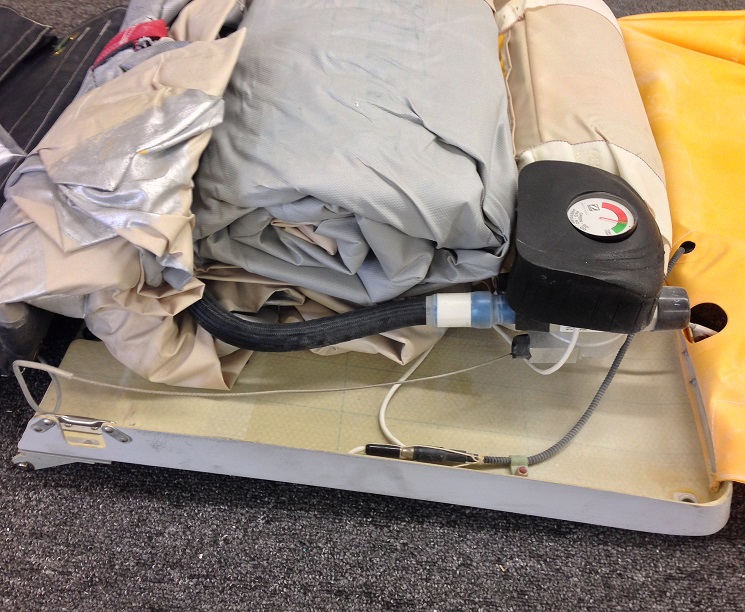



Trackbacks/Pingbacks